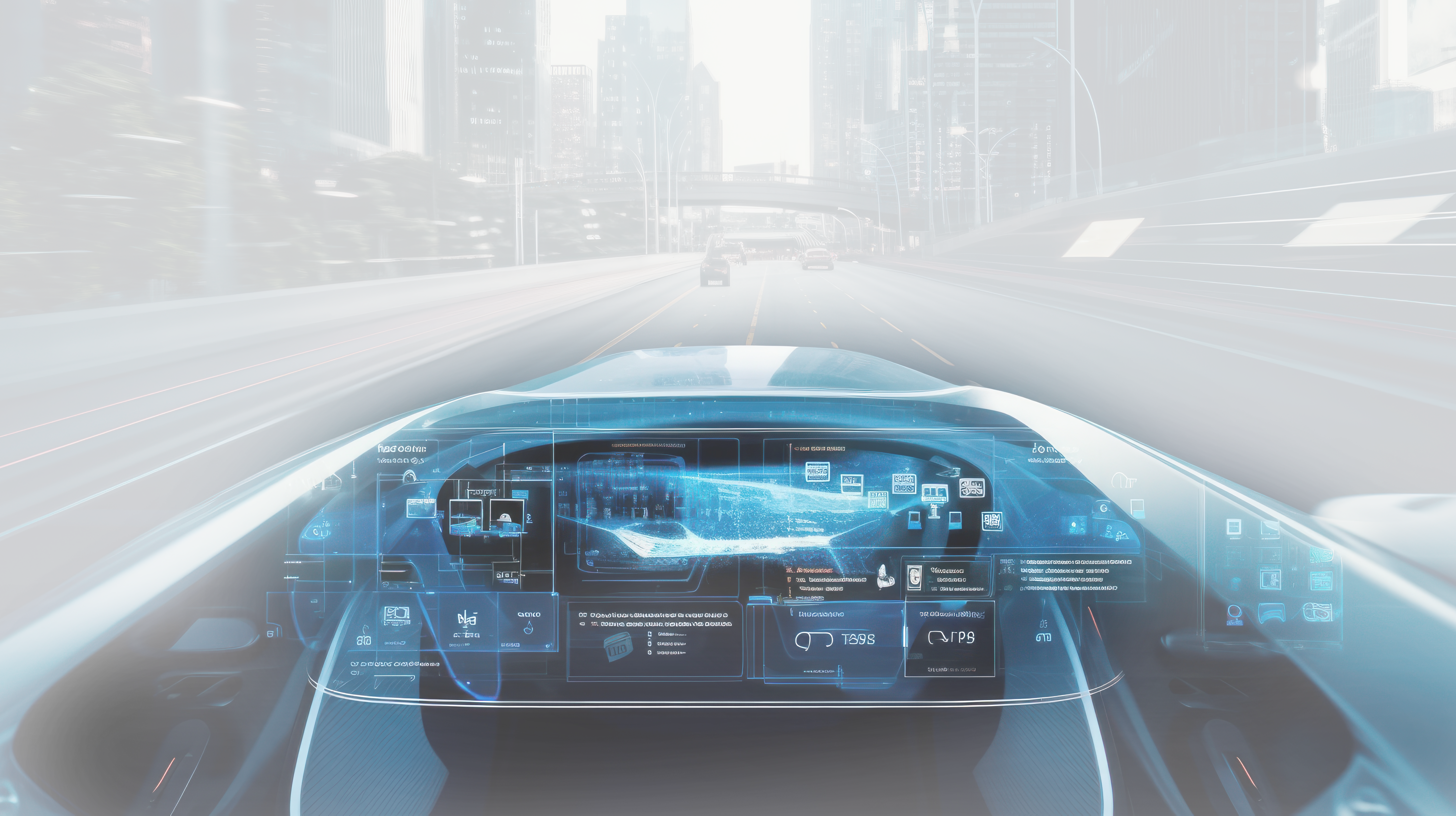Where are the SDVs? Navigating the Road to Software-Defined Vehicles
February 11, 2024
I just recently upgraded my 5-year-old phone to a new Android model. The first thing I did was rollover my applications, wallpaper, and contacts wirelessly. In less than 10 minutes I had personalized my phone and drastically changed the way it works from its factory settings.
The thinking is that if vehicles offered similar functionality, OEMs would generate new revenue streams to keep owners and drivers more engaged with their vehicles and extending the vehicle’s lifetime and profitability. This ‘smartphonization’ - or shift from a car to a personalized digital device - has been a highly-sought after target for automotive manufacturers and software suppliers.
Software-defined vehicles (SDVs) are the promised solution to the long-awaited expectation for vehicles that are not only connected and personalized but also can be updated and configured as easily as the phones in our pockets.
In addition to lofty goals to meet, and exceed, customer demands for next-gen cars, trucks, buses and more, there are several operational and cost-based reasons for the push to SDVS. The landscape of modern vehicle engineering is undergoing a radical transformation as the automotive industry gears up for the next era. The evolution is inevitable, given the inherent complexities of the current Electrical/Electronic (E/E) architecture – and heavy costs when a new vehicle model or project is developed - and the way software is managed in vehicles.
However, achieving this transformation is difficult and more than one major OEM has struggled in revamping how software is managed in their vehicles.
The SDV revolution necessitates substantial changes in 3 primary domains for the successful realization of SDVs: organizational changes, re-imagining E/E architecture, and embracing a new software concept.
But first, let’s define software-defined vehicle.
What is an SDV?
There is no clear consensus of what the umbrella of ‘SDV’ covers precisely. (Which isn’t uncommon for new technology.)
But a good working definition would be that SDVs represent the next-generation vehicles designed with a comprehensive software-centric approach, which employs loosely coupled software components and hardware abstraction, enabling the vehicles to adapt, evolve, and seamlessly integrate with emerging technologies while supporting legacy software.
While there are differing opinions – and you can watch our recent webinar where our CTO goes into more depth about the relation of SDV, security, and services by clicking here – the main thread between them all is that software-defined vehicles are reliant, and powered by, software and that software needs to be agile, easily updatable, and act as the cornerstone of the vehicle’s functions.
(Here is a easy-to-digest article about what a SDV is and isn’t by Techcrunch.)
Now we’ve explored what software-defined vehicles are, let’s dive into the three changes needed to be made to fully bring about the SDV are as follows:
1. Changes in Organization and Structure:
One of the factors that will put SDV in our streets and driveways is a rethinking of the organizational structure in the automotive industry.
Historical Focus on Mechanical Benefits
Automotive companies have historically primarily concentrated on the mechanical aspects of vehicles and their benefits. The shift to a software-first approach represents a formidable challenge, especially considering the historical emphasis on the tangible, physical components of vehicles.
Transitioning to a Software-First Approach
Transitioning a company's goals and culture toward a software-first approach is no small feat.
Most large-volume OEMs are traditional organizations that are moderately to highly risk-averse, with good cause. The consequences of failure in creating an entirely new type of vehicle are substantial, with company reorganization and even executives retiring for slow software rollout being headline news in the last few years.
The new incumbents to the industry, like Tesla and Lucid, that function more like a tech company and less like a traditional automotive manufacturer have proven that there is a demand for vehicles developed by software-first-thinking companies.
2. Changes in E/E Architectures
Complexity of Current E/E Architectures
The existing E/E architectures in vehicles are intricate, involving complex code that is tightly coupled with the underlying hardware, numerous ECUs, extensive, heavy, and costly wiring harnesses, and intricate vendor management. Managing this complexity efficiently is quickly reaching the ceiling as modern vehicles can have between 100-150 ECUs.
Consolidation Through Zonal Architecture
To address this complexity, the industry is moving towards next-gen architectures, with Zonal Architecture standing out as a prime example. There is an explosion in the number of ECU, sensors, and connecting wiring as vehicles integrate new and advanced features powered by software. Each additional component add expense, increases the weight of the vehicle, and requires more work to integrate and upkeep the various systems that manage the HW.
Zonal Architecture aims to consolidate components and streamline various aspects of vehicle development, integration, homologation, installation, and post-purchase support.
3. Software Approach
As hinted above, the software-first shift demands agility and flexibility, qualities that both take time to develop and might clash culturally with the previous century’s emphasis on hierarchical structures and a tight focus on supply chains that led today’s biggest OEM brands to success.
While these are organizational challenges, there are more specific technological attributes that need to be addressed to shift from the vehicle concept to the SDV as a platform concept:
- Standardization: Establishing common standards across the industry.
- Vehicle Abstraction: Decoupling software from hardware to enhance adaptability.
- Updatability: Enabling seamless and secure software updates.
- Mixed Criticality: Managing diverse software elements with varying degrees of importance.
So, What's Next?
The journey toward Software-Defined Vehicles is not just a technological evolution; it demands a cultural and organizational revolution within the OEMs and other key players in the automotive industry.
The triad of changes – organizational shifts, re-imagined E/E architectures, and a novel software paradigm – forms the cornerstone of this transformation.
Only through harmonious integration of these domains can the industry pave the way for a future where vehicles are not mere machines but dynamic, software-defined platforms ready to navigate the ever-evolving terrain of technological innovation.
As the automotive landscape undergoes this paradigm shift, the promise of Software-Defined Vehicles that can be tweaked and customized as easily as our consumer electronic computing devices drive ever closer.





